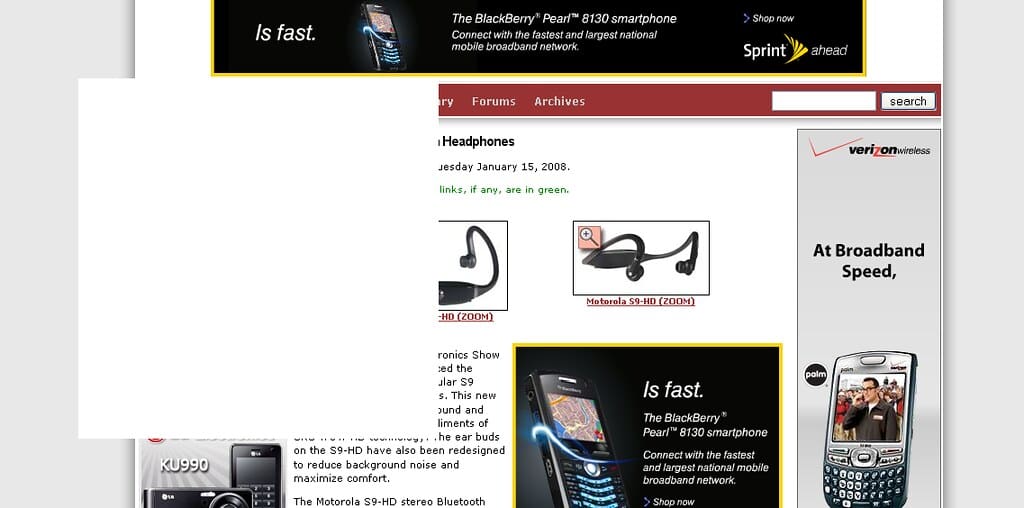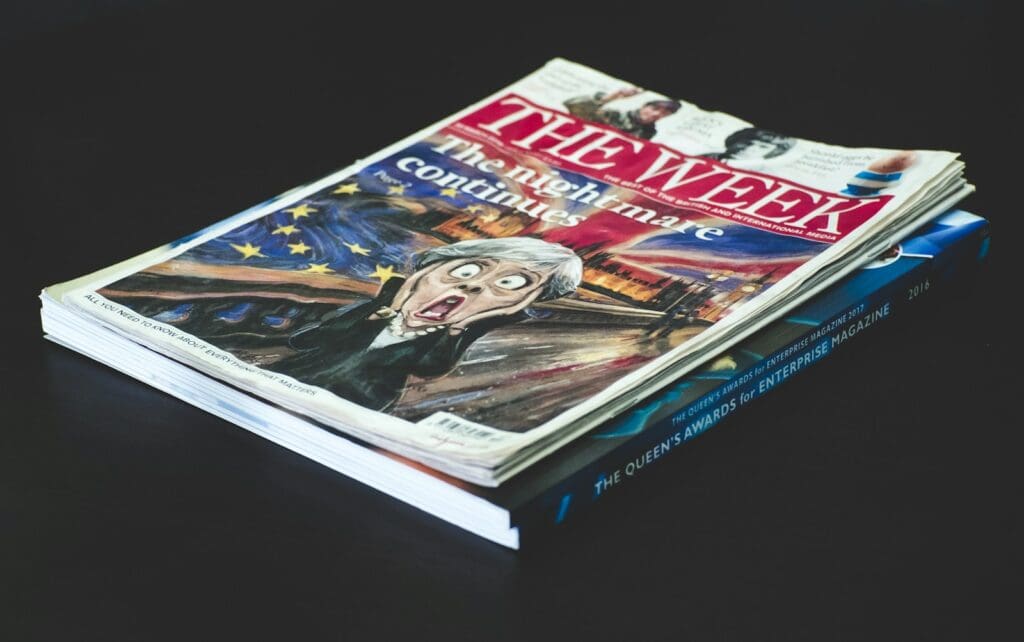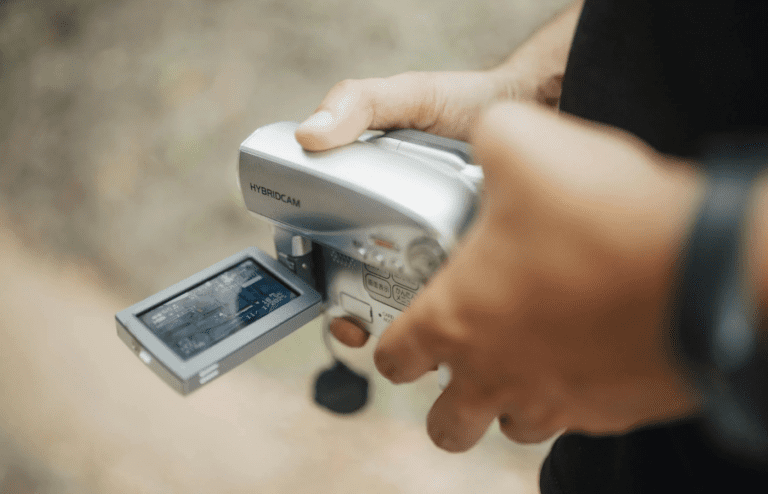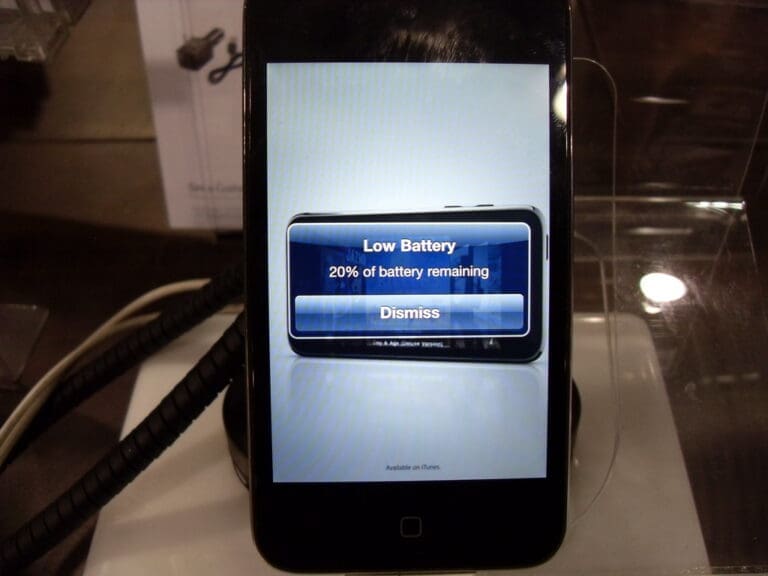The internet is a treasure trove of information, but not all of it is gold. Recently, Meta announced plans to phase out fact-checkers for their content, raising concerns about the spread of misinformation on their platforms.
Misinformation can spread like wildfire, making it crucial to stay vigilant and informed. Here are 15 ways to spot misinformation online and keep your digital space fact-based and trustworthy.
1. Check the Source

Always look at where the information is coming from. Is it a credible news outlet, a random blog, or someone’s uncle on social media? Stick to trusted, reputable sources that follow journalistic standards.
2. Inspect the URL

Sketchy URLs are a big red flag. Look for slight misspellings of well-known websites or unfamiliar domain extensions like “.lo” or “.biz.” These could indicate fake or satirical sites designed to deceive.
3. Look for Clickbait Headlines

Sensational headlines are crafted to grab attention, often at the expense of truth. If it sounds too outrageous or emotional, it might not be accurate. Read beyond the headline before jumping to conclusions.
4. Verify the Date

Old news can resurface and be presented as current, misleading readers about the relevance of events. Always check the publication date to ensure the information is up-to-date. Context matters, and so does timing.
5. Cross-Check with Other Sources

If you’re unsure about a claim, see if other reputable outlets are reporting the same story. If it’s true, credible sources will have covered it too. If it’s not, you’ll likely find it debunked elsewhere.
6. Analyze the Author

Look into who wrote the article or created the content. Are they a legitimate journalist, an expert in their field, or an anonymous account? Knowing the author’s credentials can help determine the reliability of the information.
7. Beware of Emotional Appeals

Misinformation often relies on triggering strong emotions like anger, fear, or joy to get you to share. If something feels designed to push your buttons, take a step back and evaluate it critically. Logic over emotion is the way to go.
8. Look for Supporting Evidence

Good journalism includes sources and evidence to back up claims. If an article makes bold statements without citing studies, interviews, or data, be skeptical. Transparency builds trust, while vague claims sow doubt.
9. Watch for Poor Grammar and Spelling

Legitimate news outlets usually have editors who catch typos and grammar mistakes. Sloppy writing can indicate that a piece of content isn’t credible. While errors happen, a barrage of them is a warning sign.
10. Check for Too Many Ads

Webpages overloaded with ads or pop-ups are often more focused on revenue than truth. These sites might prioritize clicks over facts. If you’re dodging pop-ups to read the article, think twice about its reliability.
11. Be Wary of Images

Photos and videos can be manipulated to mislead. Use reverse image search tools to verify whether an image has been taken out of context or edited. A picture may be worth a thousand words, but only if it’s truthful.
12. Consider the Agenda

Ask yourself why this information exists. Is it to inform, entertain, or persuade? Content with a clear bias or agenda might exaggerate or omit facts to serve its purpose.
Read More: 10 Signs That Your Partner Is Emotionally Immature
13. Understand Your Biases

Your personal beliefs can influence how you interpret information. Be open to the possibility that something aligns with your views but isn’t accurate. Stay objective and seek out diverse perspectives.
Read More: Dating Profile Red Flags Every Single Person Should Know
14. Report False Information

If you spot misinformation, report it to the platform hosting it. Social media sites often have mechanisms to flag false content. By reporting, you help reduce its spread and protect others from being misled.
Read More: Bill Gates Made 15 Major Predictions in 1999 That All Came True
15. Take a Pause Before Sharing

Before hitting the share button, ask yourself if the information is verified and necessary to share. Sharing without fact-checking spreads misinformation further. A moment of caution can prevent a lot of confusion.
By keeping these tips in mind, you can navigate the digital world with confidence and clarity. Remember: when it comes to information online, it’s better to pause and verify than to react and regret.
Read More: 15 Websites We Used to Love (Until They Died)








